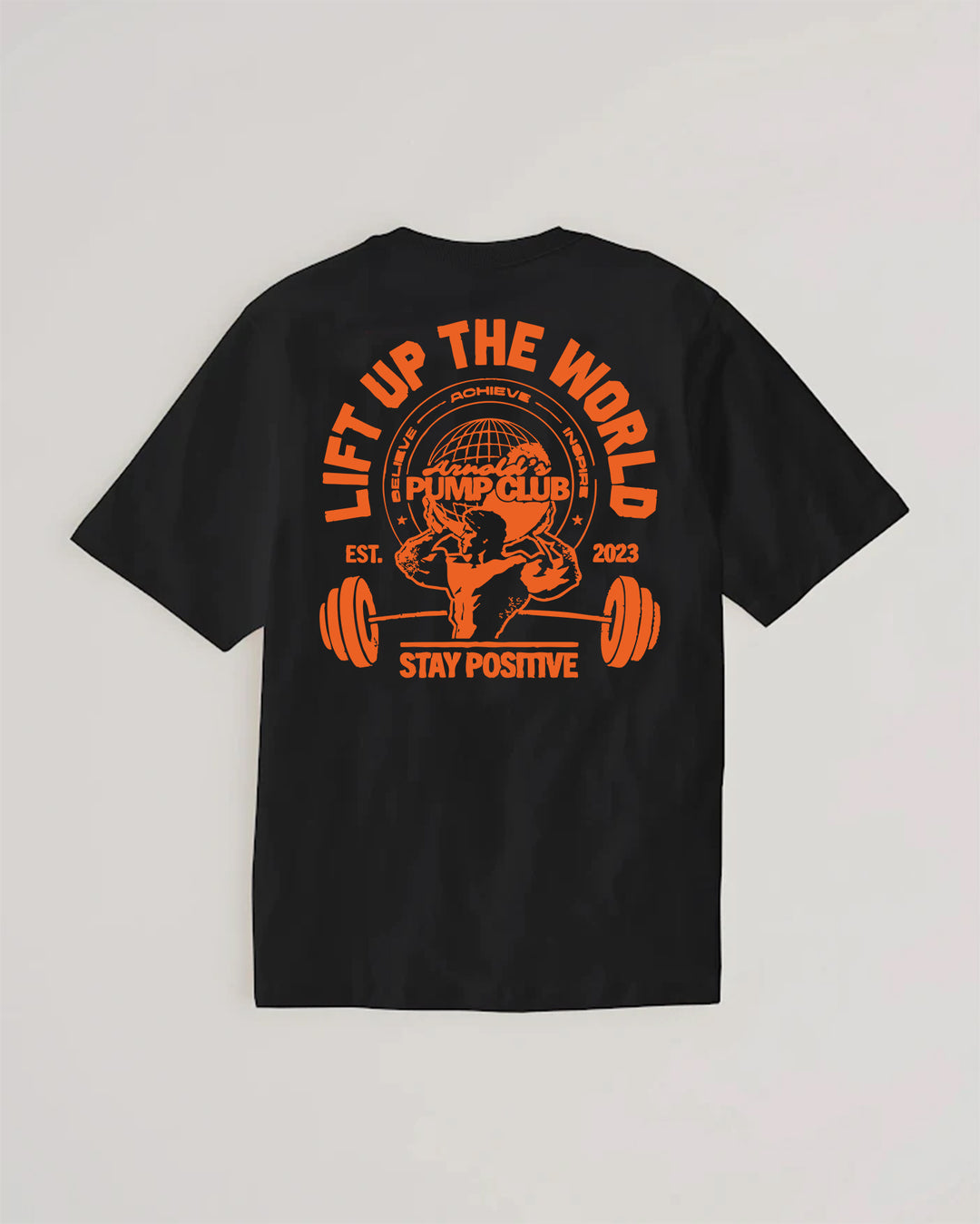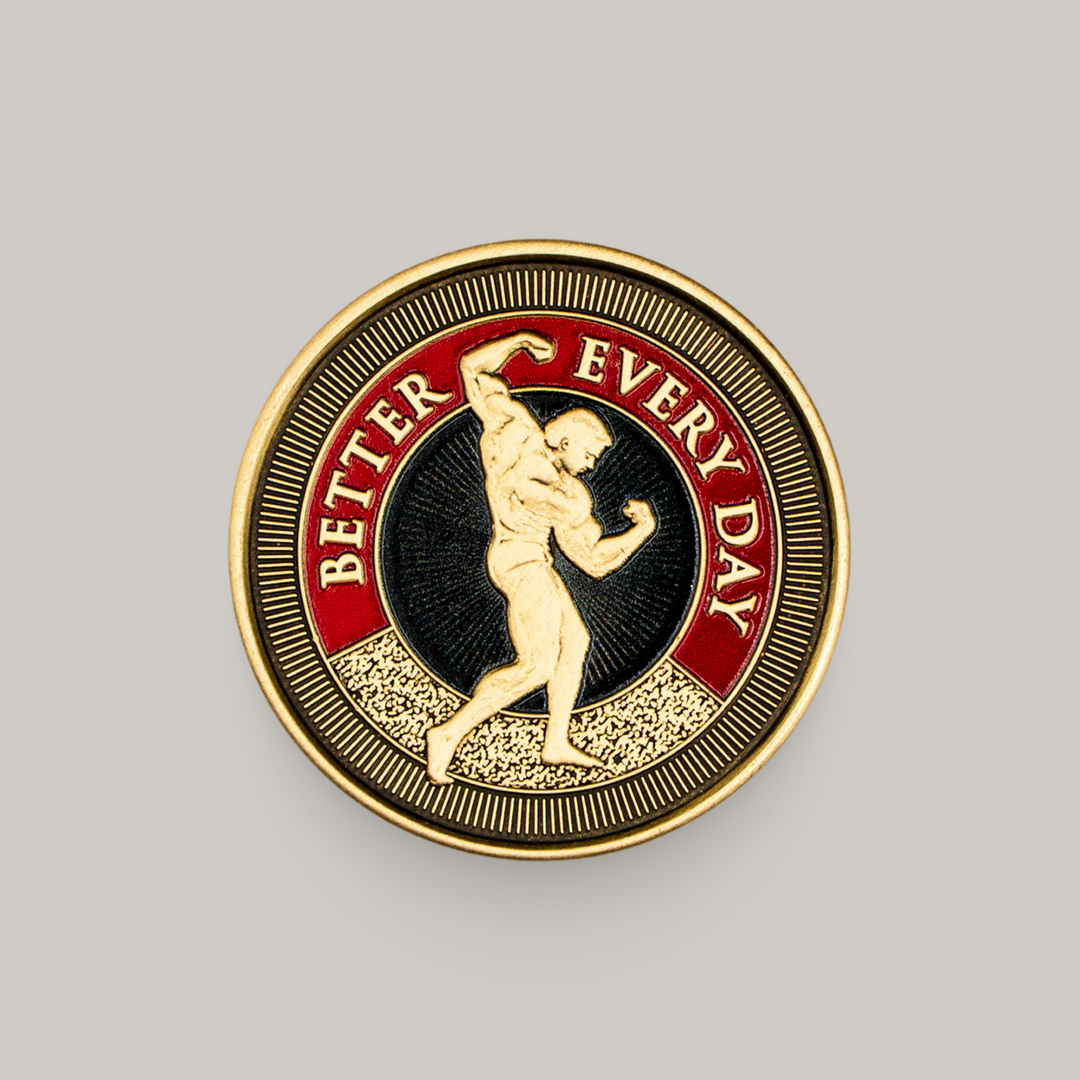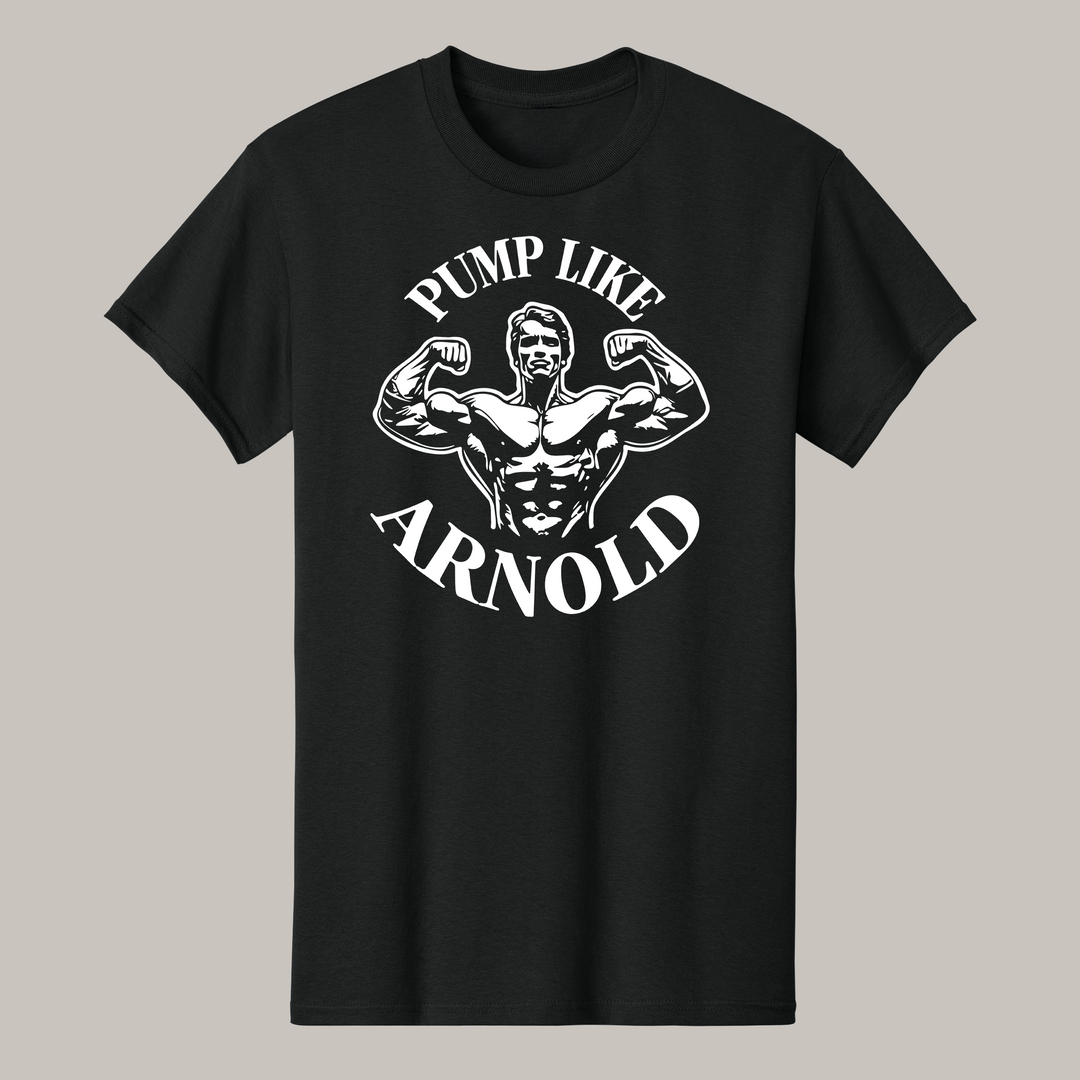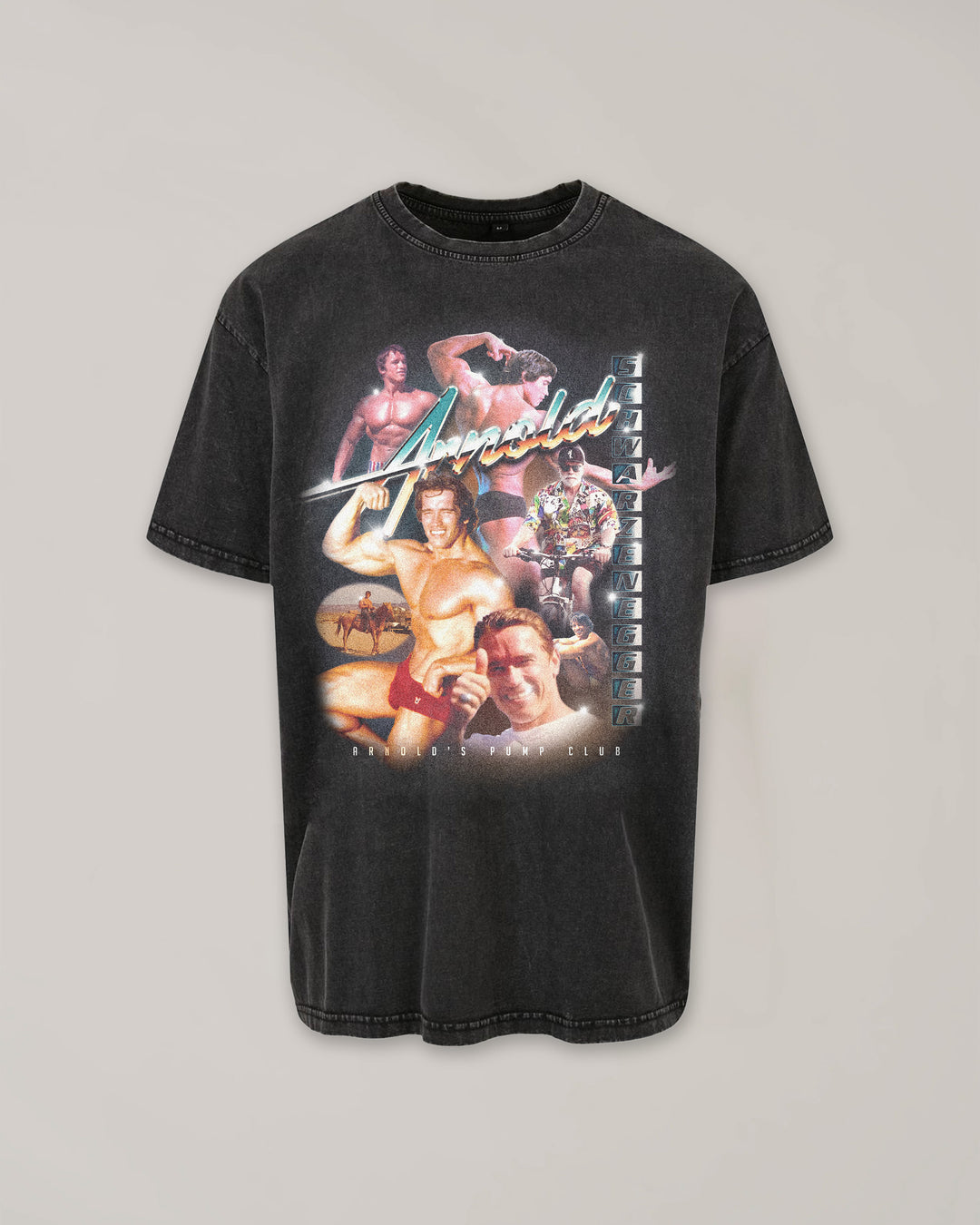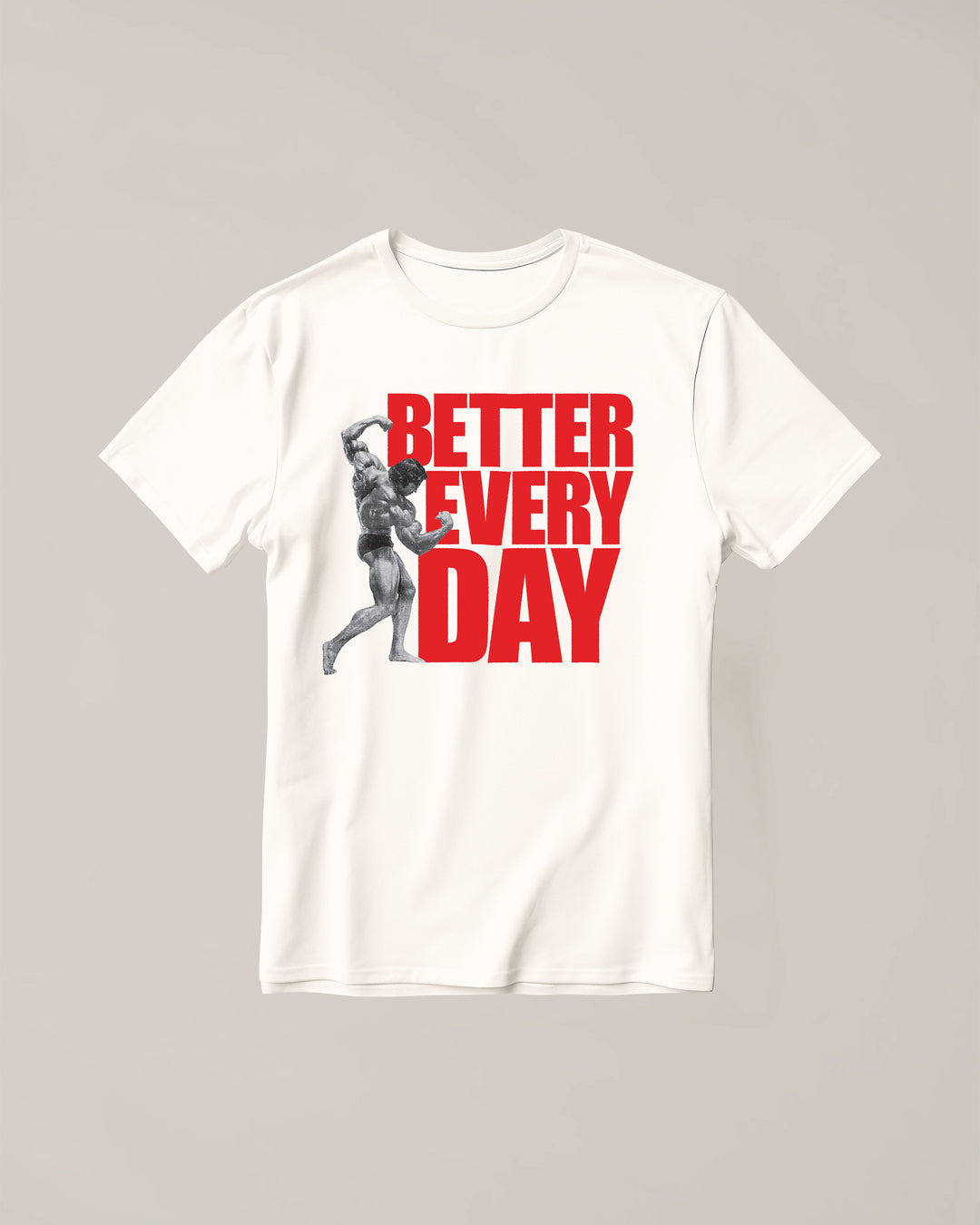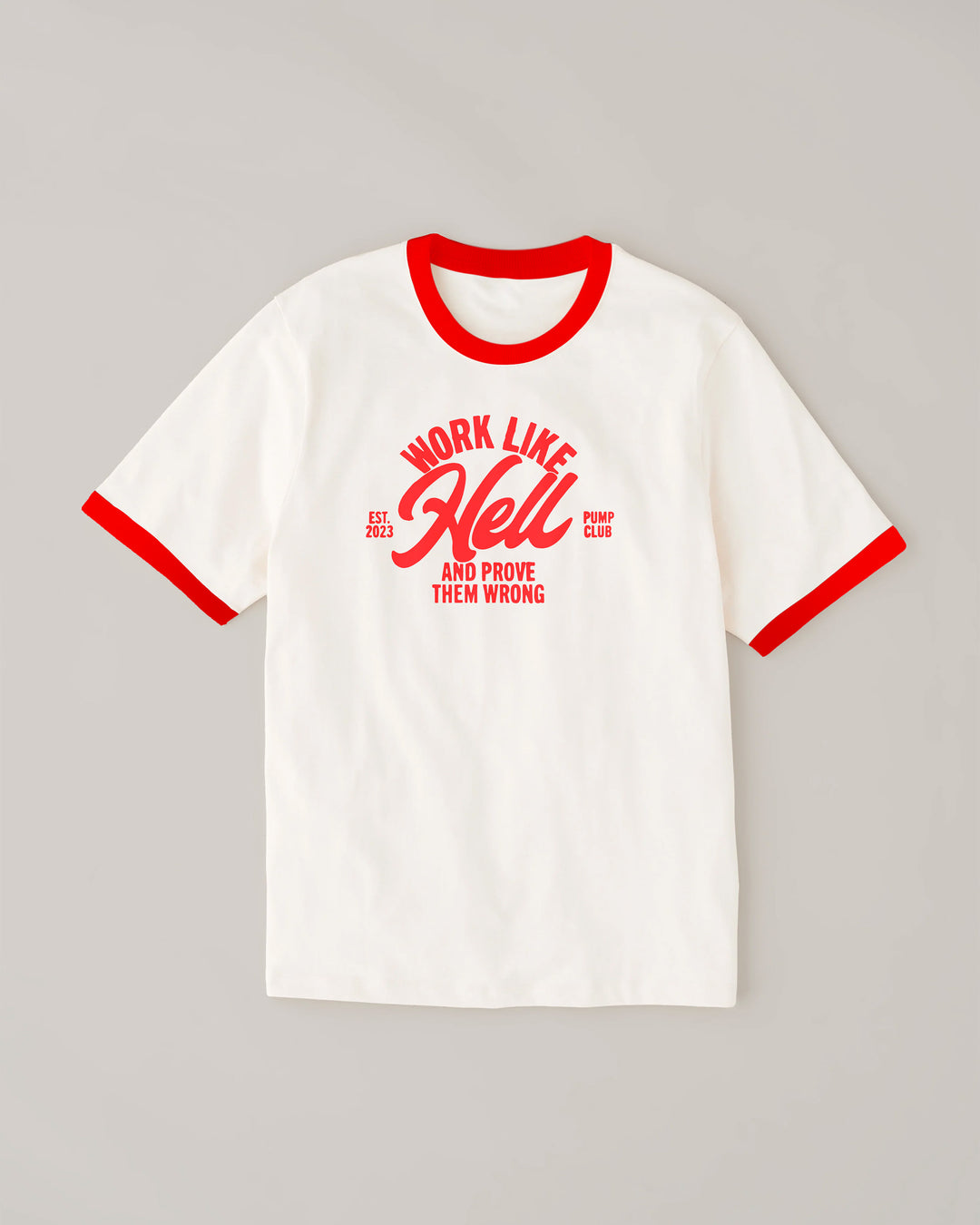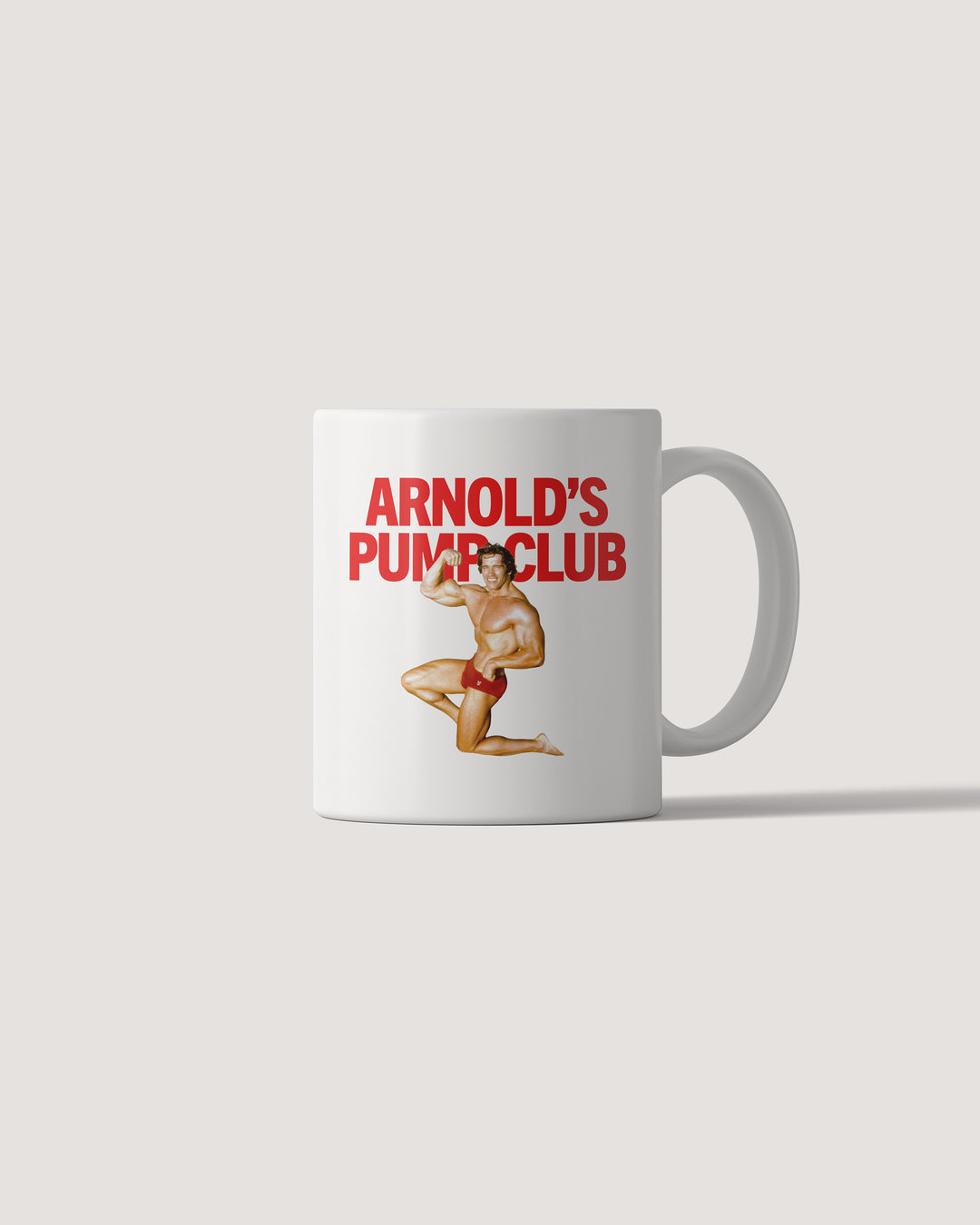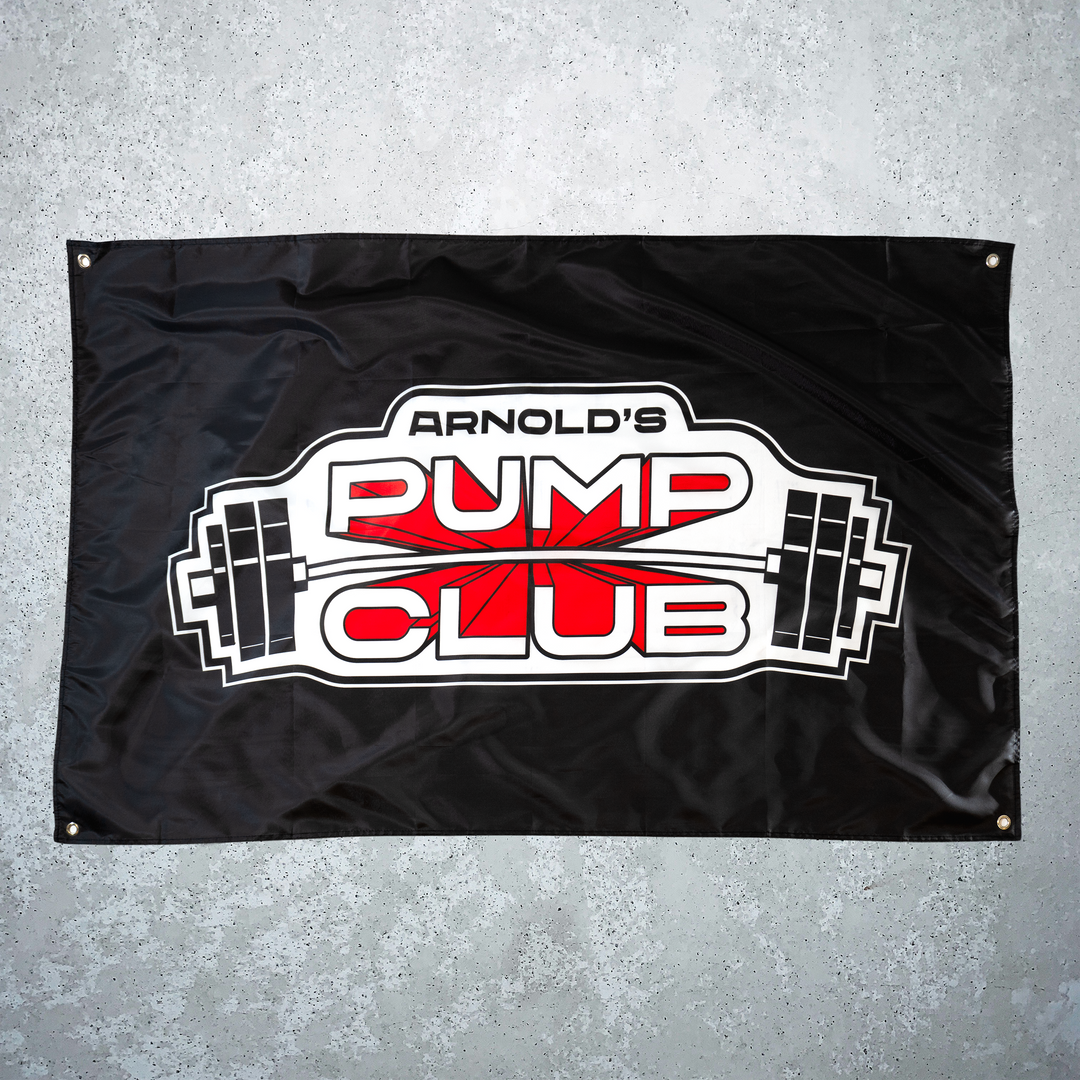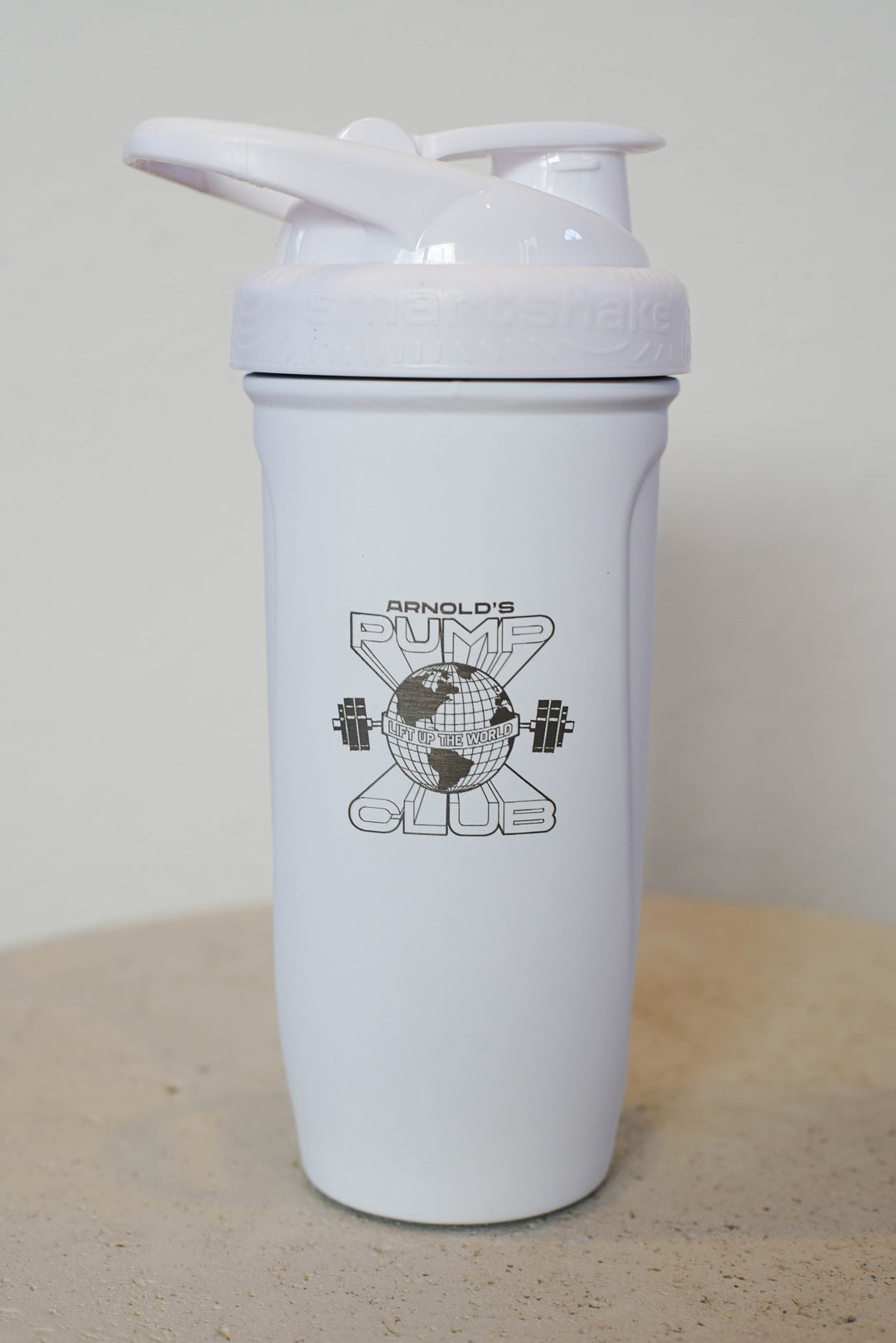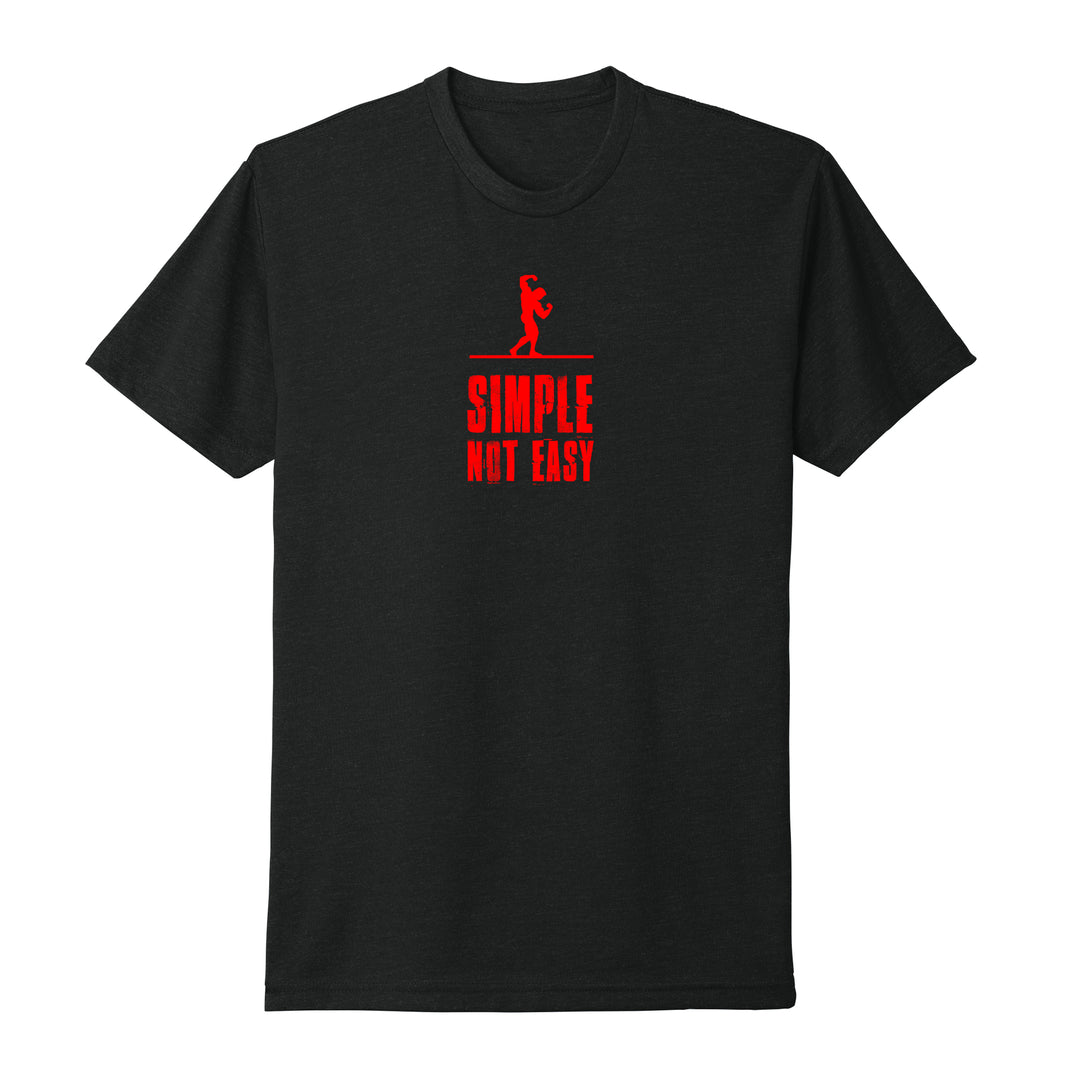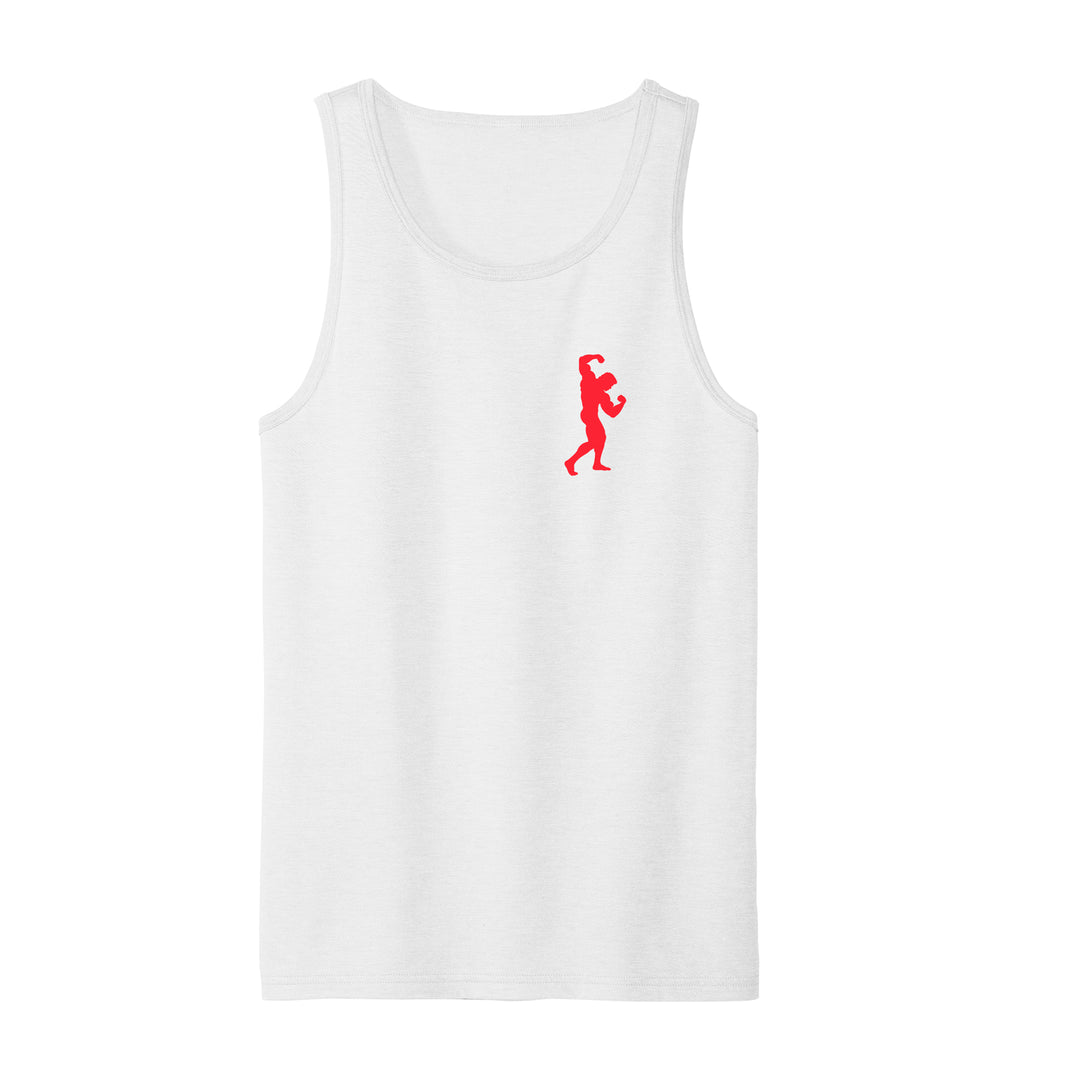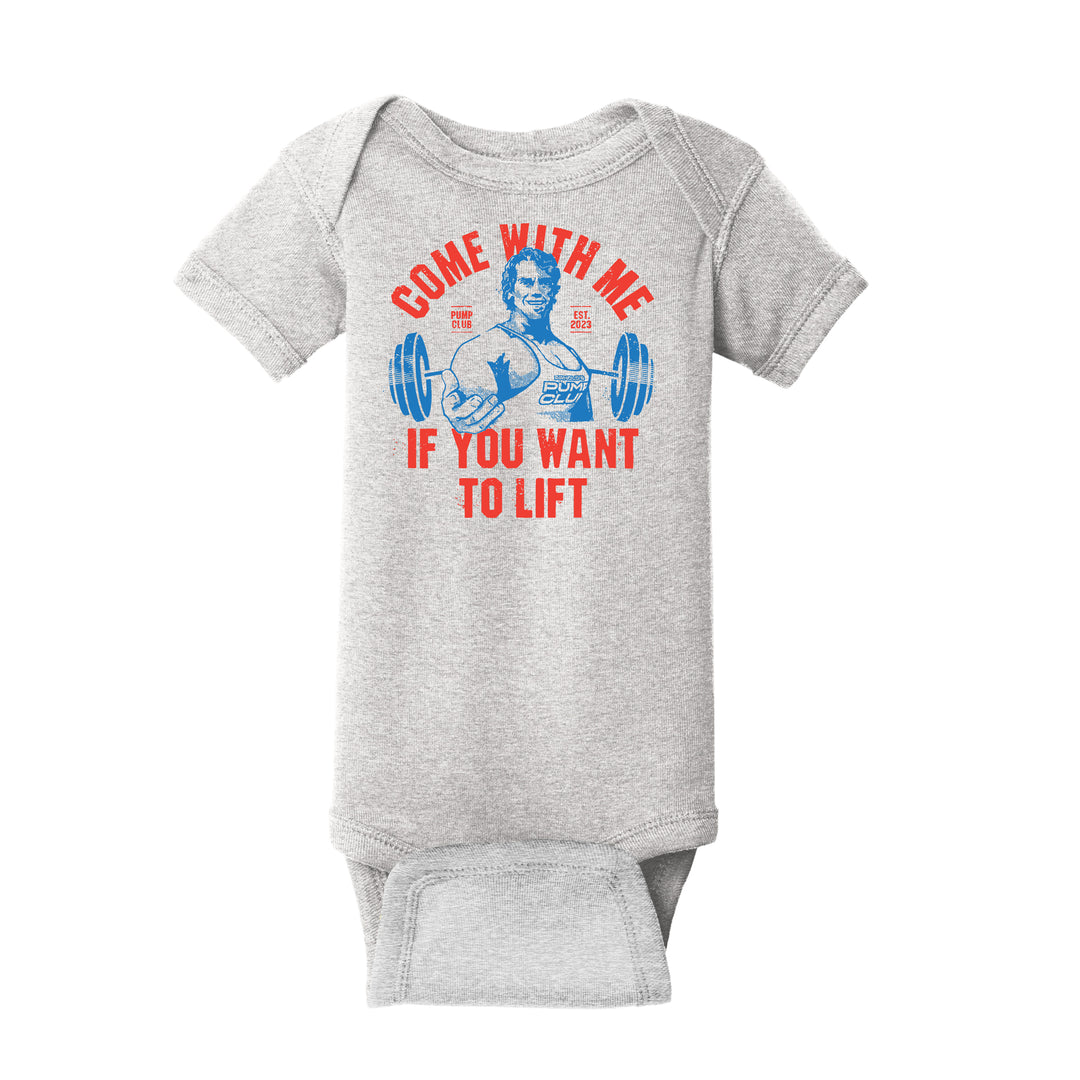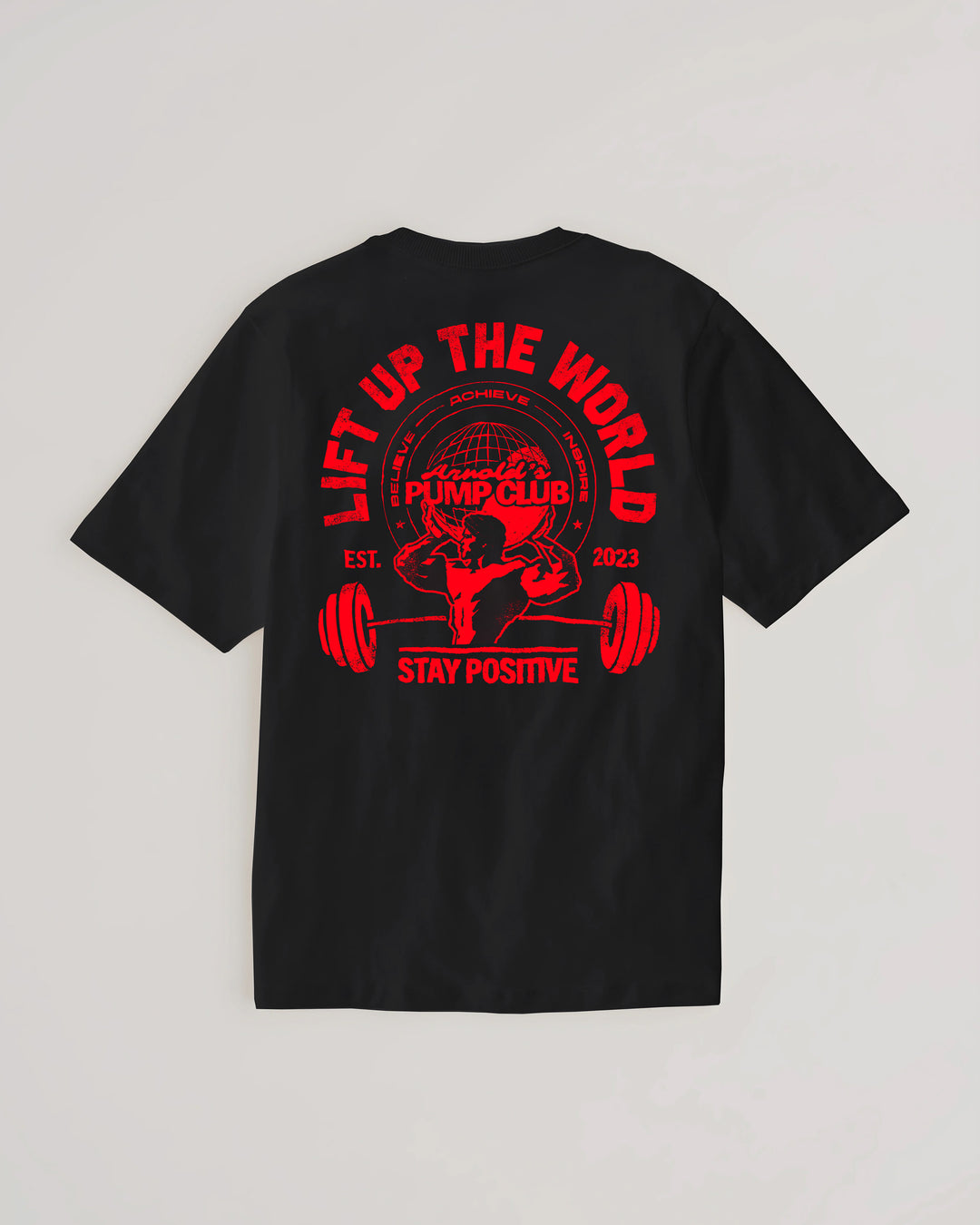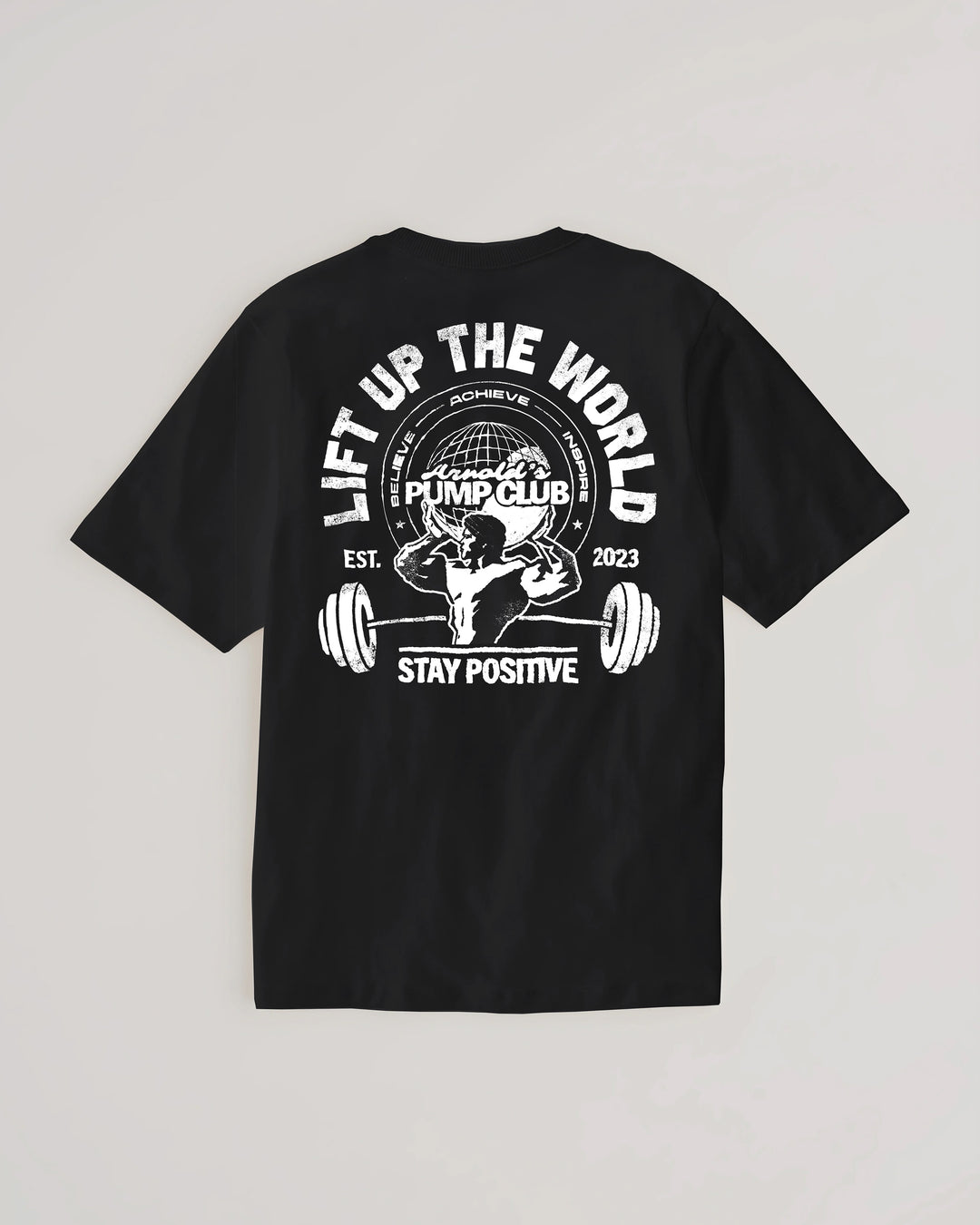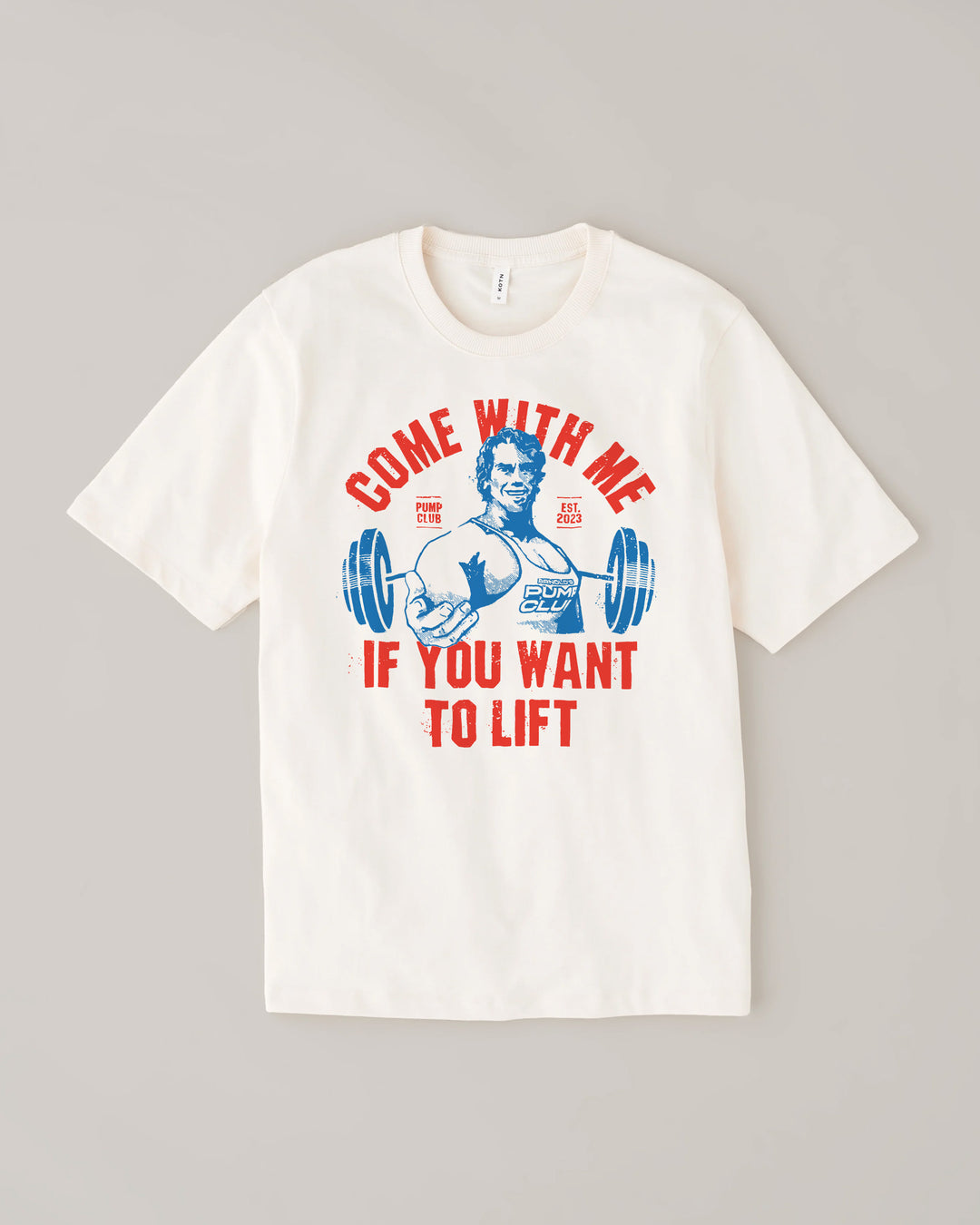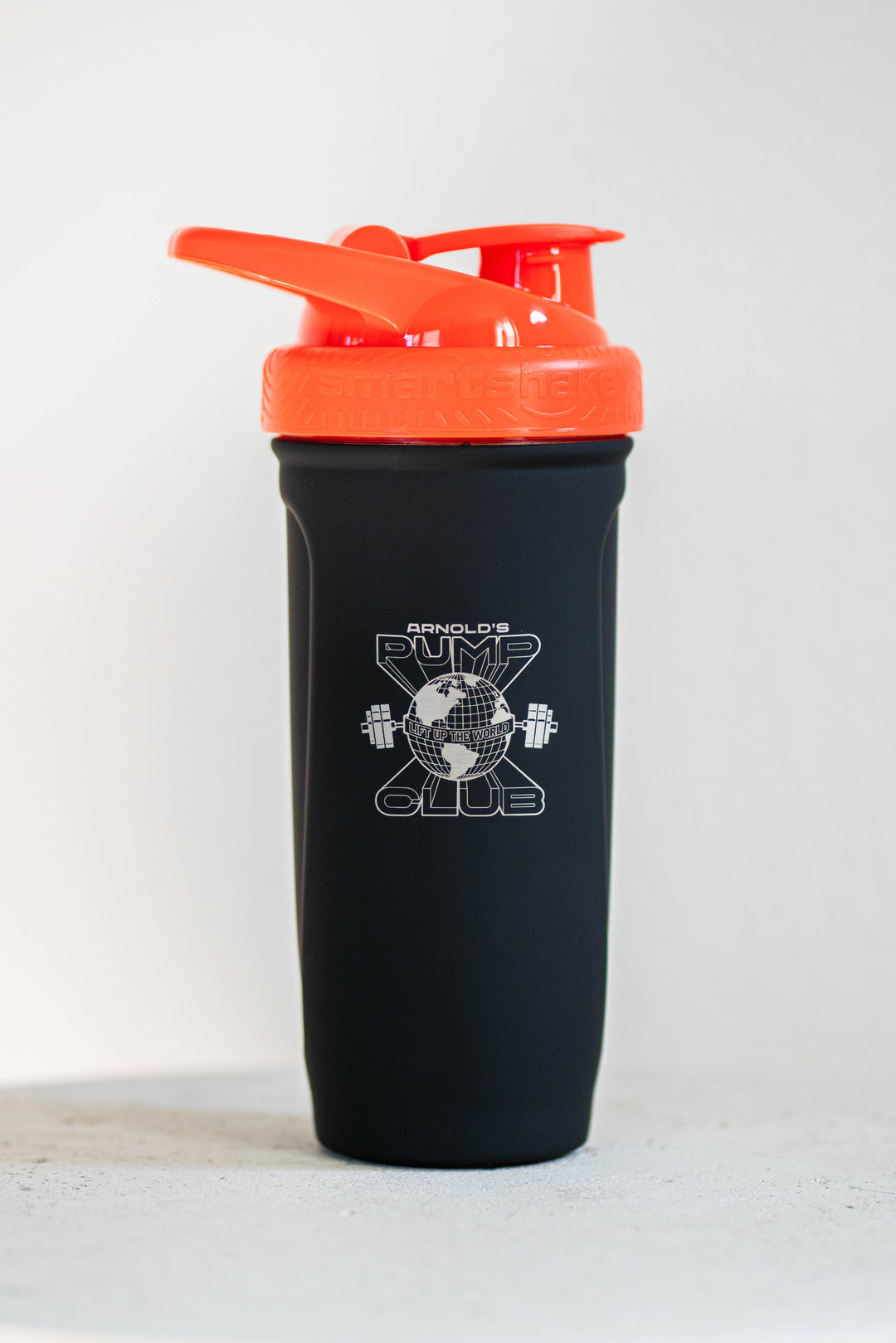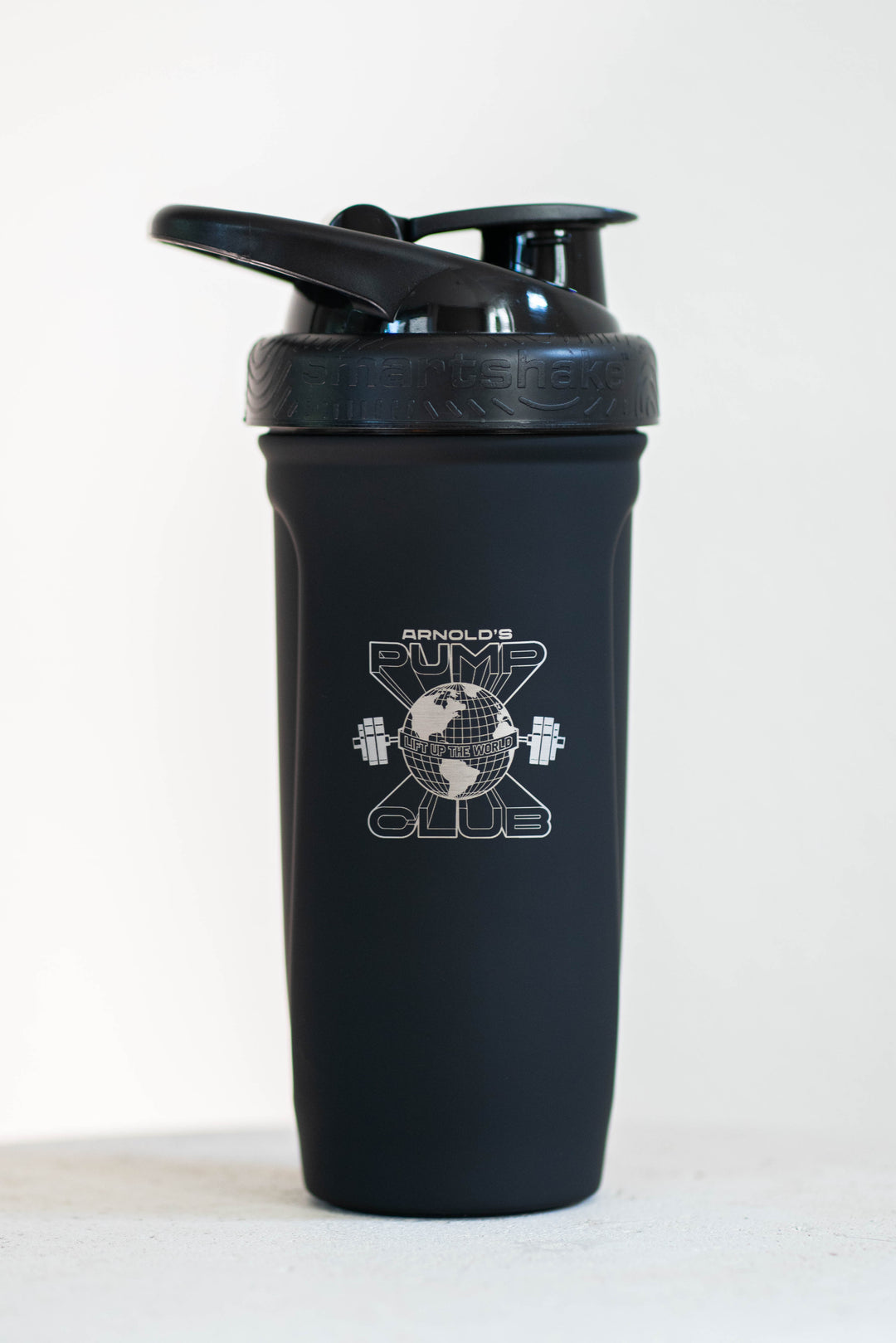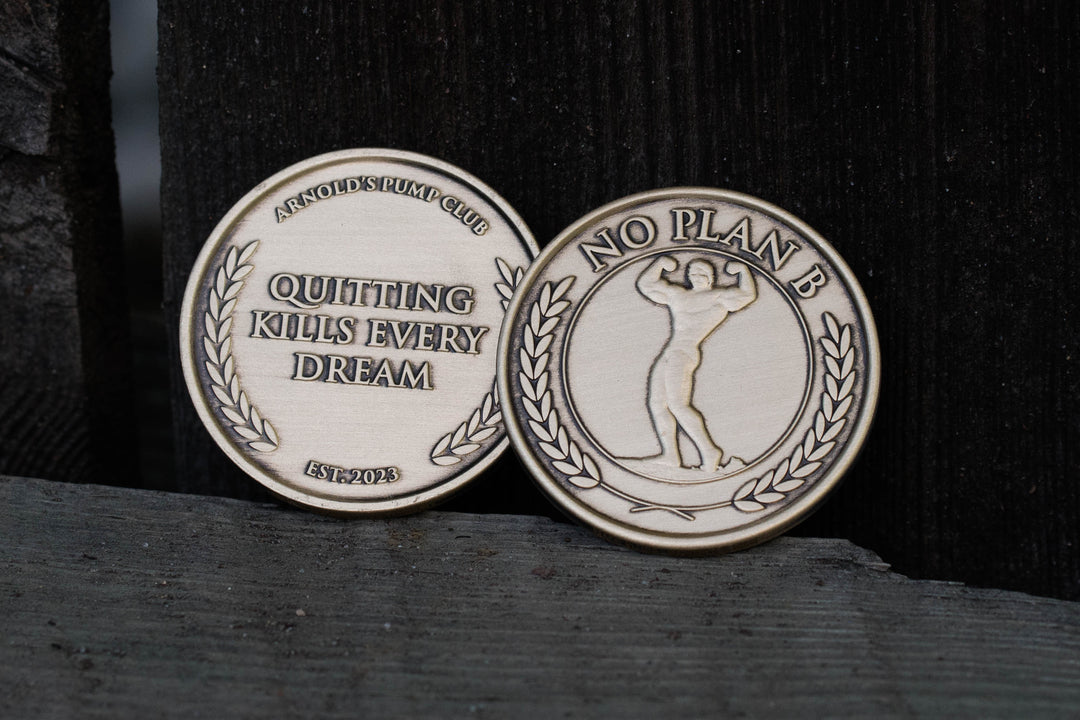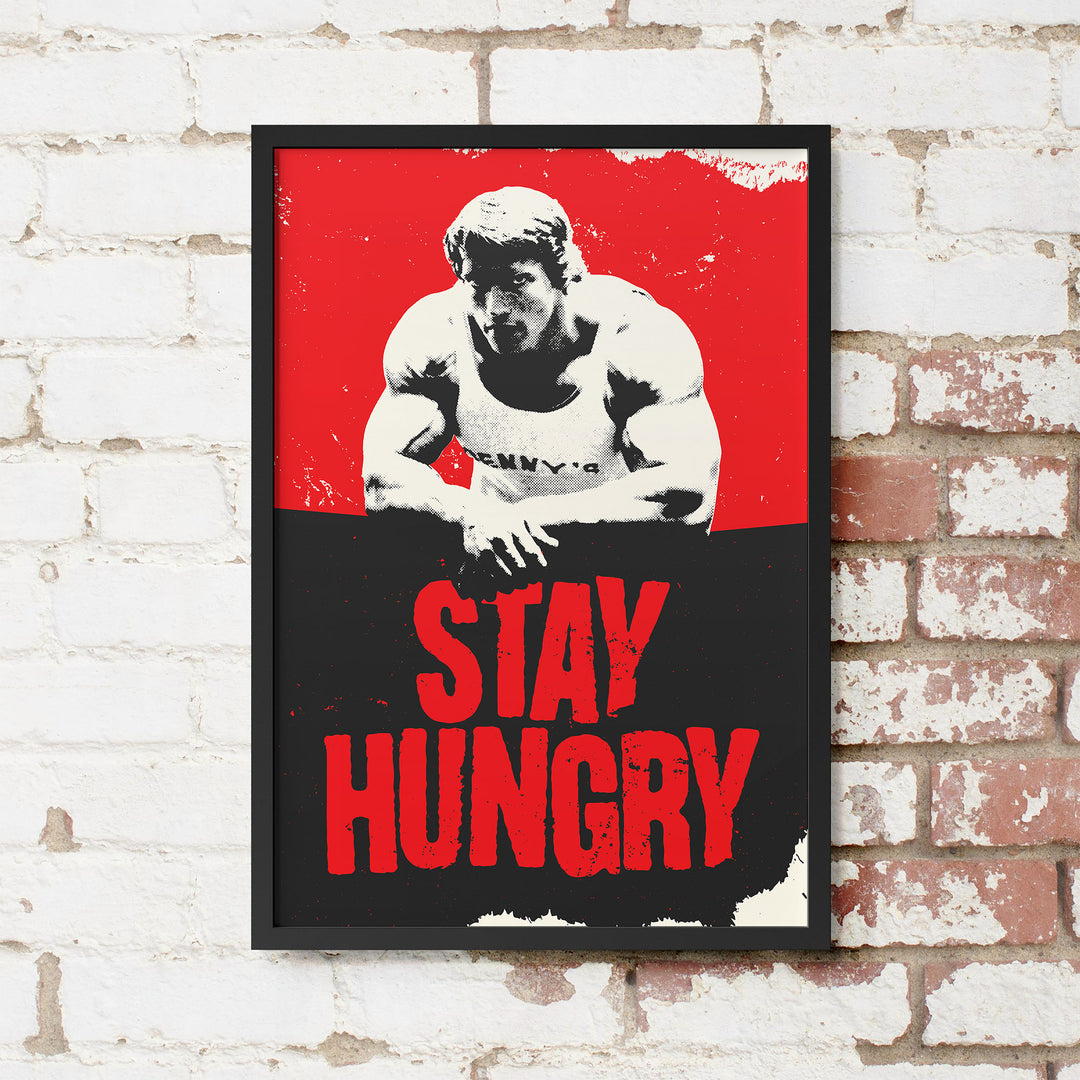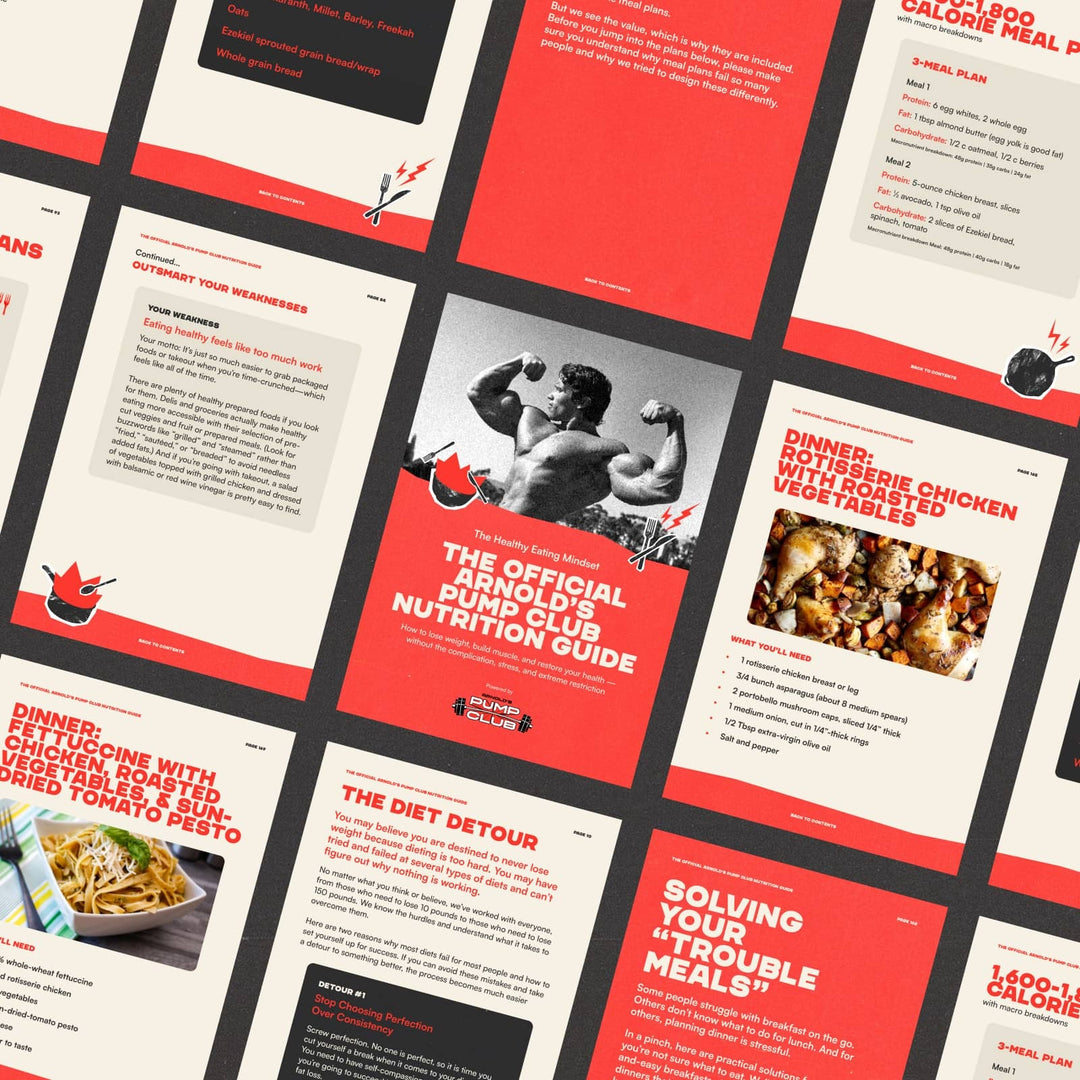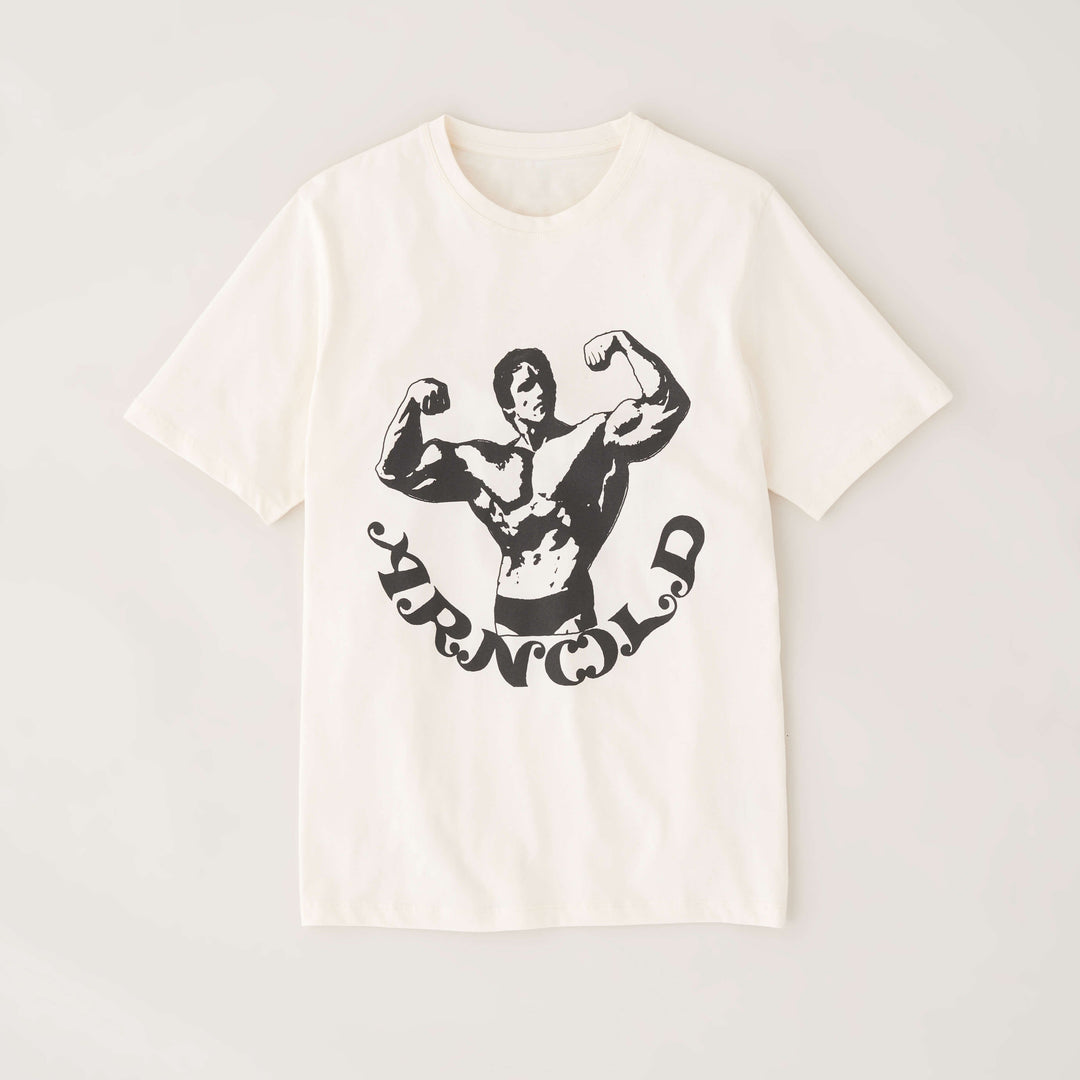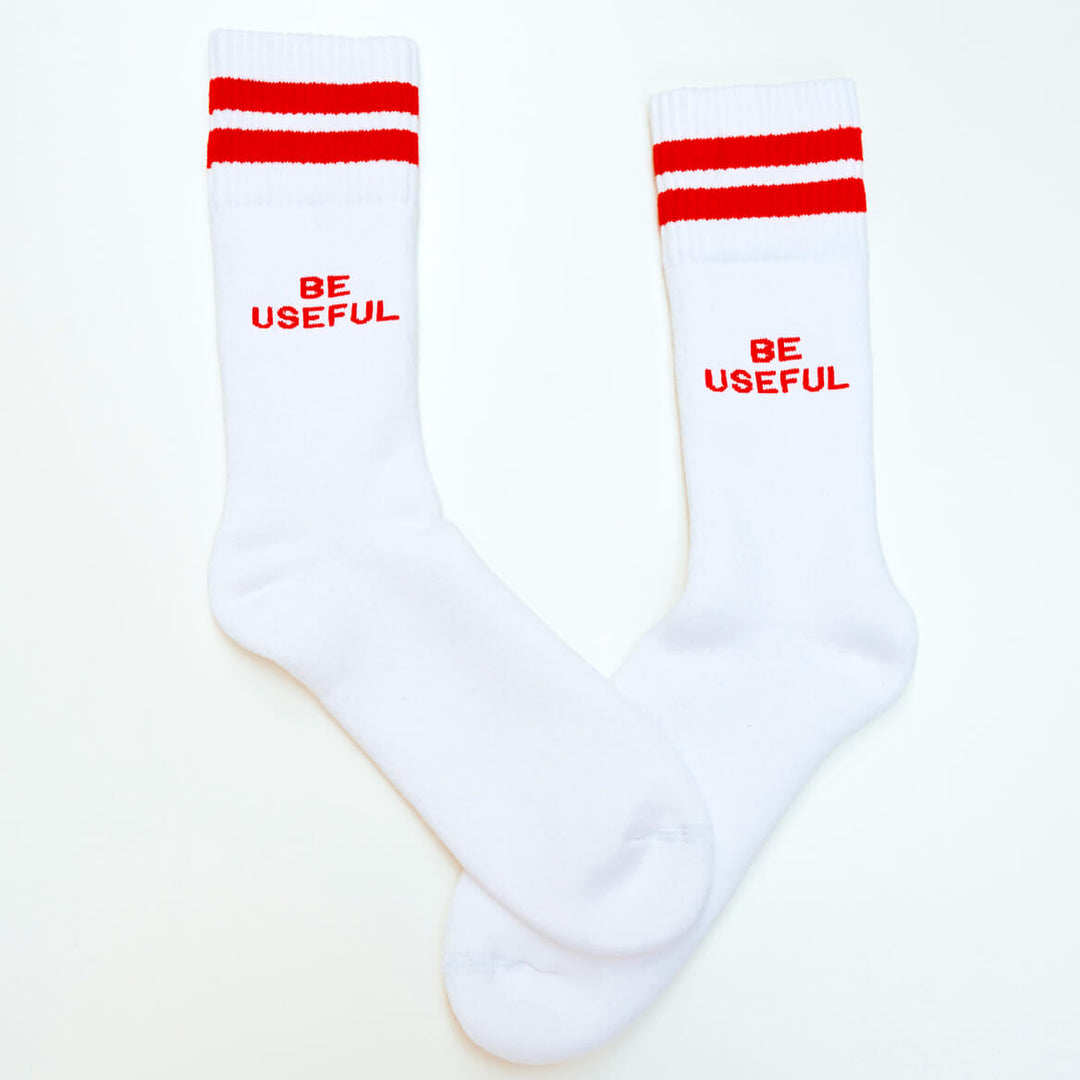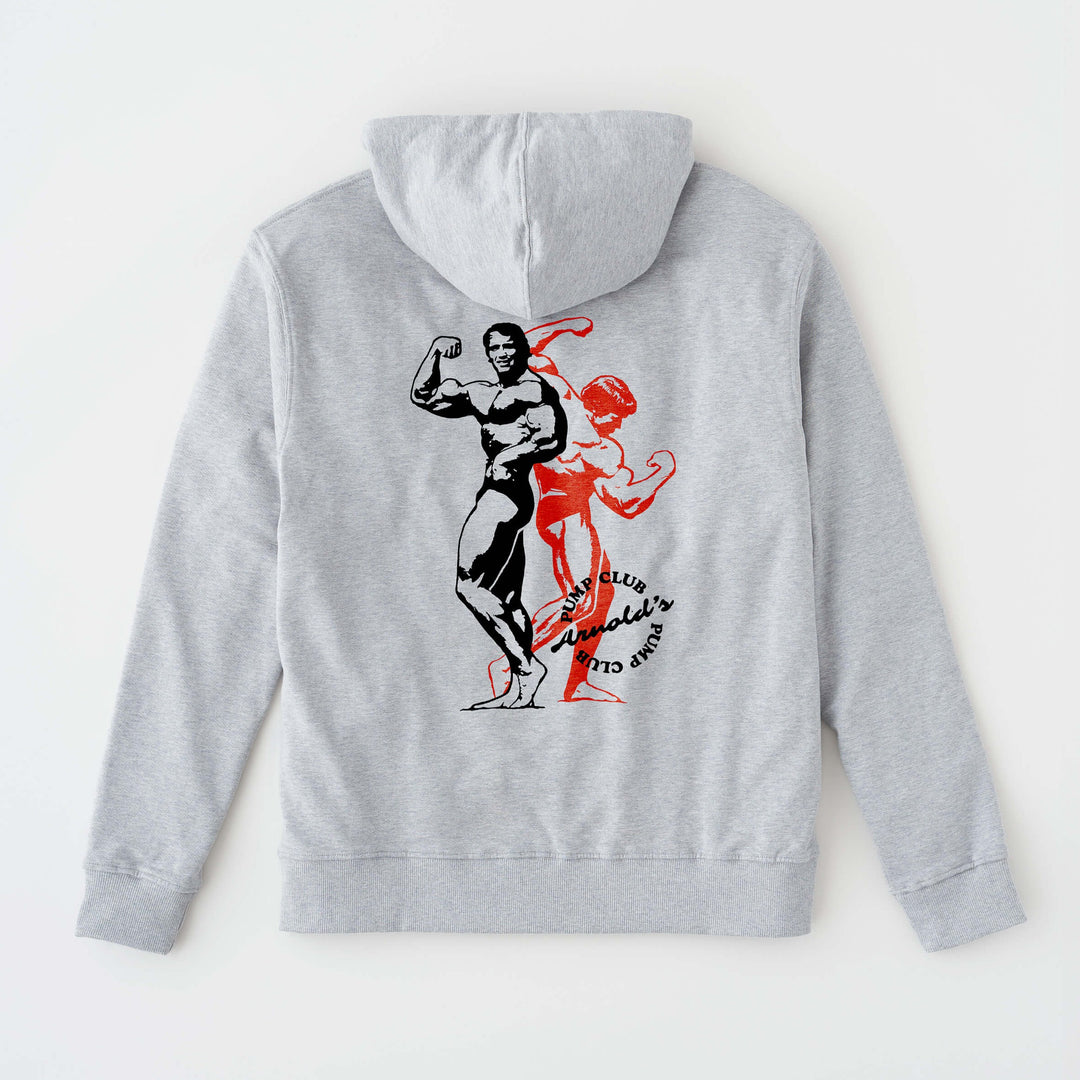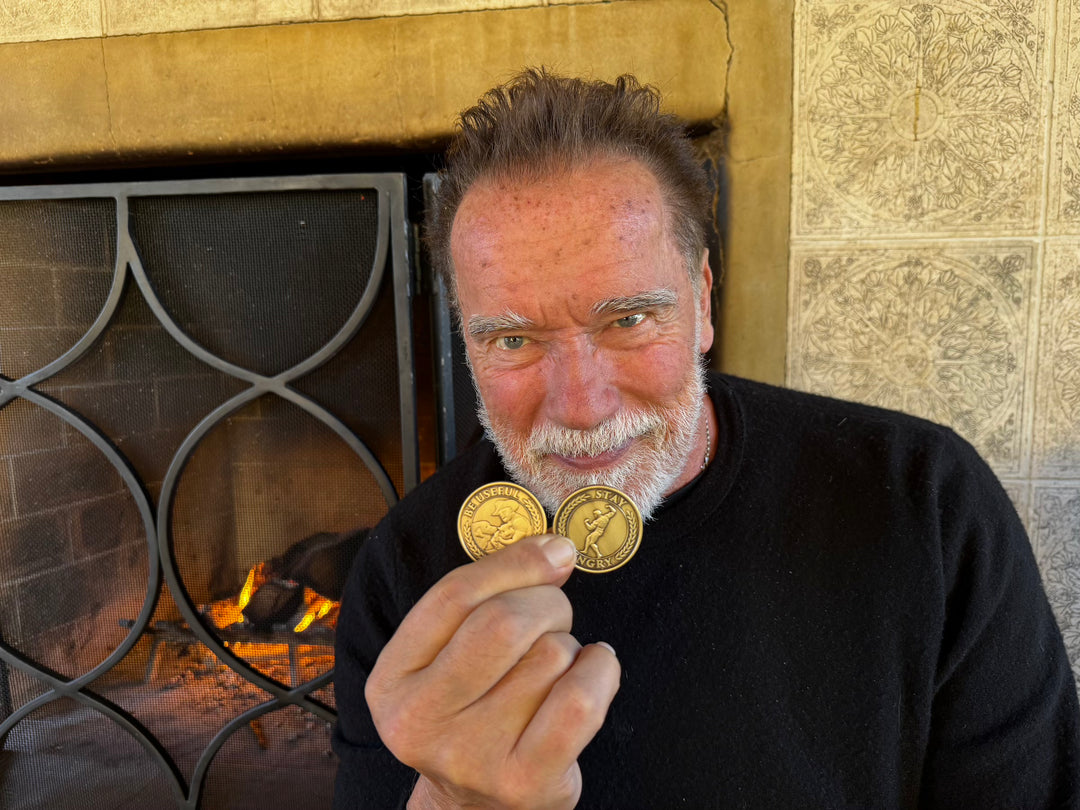Welcome to the positive corner of the internet. Every weekday, we help you make sense of the complex world of wellness by analyzing the headlines, simplifying the latest research, and providing quick tips designed to help you stay healthier in under 5 minutes. If you were forwarded this message, you can get the free daily email here.
Today’s Health Upgrade
Monday motivation
A rare offer
The number that hints at your longevity
How to lower your heart rate
Workout of the week
A Little Wiser (In Less Than 10 Minutes)
Arnold’s Pump Club Podcast is another daily dose of wisdom and positivity. You can subscribe on Apple, Spotify, or wherever you listen to podcasts.
Arnold’s Corner
Monday Motivation: Always Curious, Always Hungry
I want you to imagine two people.
We will use two exercises I hear the most complaints about, but you could literally replace the exercises with anything that’s hard for you.
One person is scared of deadlifts and hates front squats. They've hurt themselves in the past with a deadlift with bad form, and the front squats bother their wrists. So instead of deadlifting or doing front squats, they feel their temperature rise every time they see it in their program. They get upset. They feel like this is an attack on them, that I'm asking for a deadlift or a front squats.
The other is scared of deadlifts and hates front squats. They've hurt themselves in the past with a deadlift with bad form, and the front squats bother their wrists. So they watch videos and learn, but they listen to coaches. They start to use the tips, and the exercises don’t feel fantastic, but they feel better. Most importantly, they have a feeling of accomplishment that fuels them to keep trying.
Which of these two people do you think is more likely to quit on themselves, and which one do you think is more likely to be successful?
I know the answer. You know the answer.
And I know that there are thousands of both of these kinds of people reading this right now. It's human nature.
I've seen these two types of people in every phase of my life — bodybuilding, movies, governing, and business.
When I was learning to lift, and even when I was winning my last Mr. Olympia, I was always learning from everyone around me in the gym. I don't think I would have been the best bodybuilder of all time if I wasn't a sponge always looking for more information to soak up.
I was always curious, always hungry.
Even now, when you probably think I have nothing to learn about fitness, I still learn new things. It’s one of the reasons I love this newsletter.
Some people see anything that makes them uncomfortable as a personal attack, and others see it as an opportunity.
My goal here is to help you become the person who sees opportunity. You can replace the lifts I mentioned with any exercise. Pushups, pull-ups, you name it.
You can replace it with any activity that makes you uncomfortable — learning a language, creating a new habit, eating better, socializing.
This is my challenge to you this week: If you are the type of person who sees certain exercises or habits or activities that make you uncomfortable and gets frustrated, take a breath.
Tell yourself you are flipping the switch from frustration to seeing it as a chance to learn and improve.
Flip that switch. It will change your life.
Always curious. Always hungry.
Together With Momentous
Your Rare Offer Has Arrived
We don’t throw around the word “exclusive” lightly. But today, it’s fitting.
Momentous just opened the doors to their biggest subscription savings, and it’s only available to APC readers.
For the next 48 hours only, you can save 40% on your first subscription order.
We have a love-hate relationship with the supplement industry. We love the potential to help support healthy habits with supplements that are backed by solid science.
But we dislike the misleading products, shady marketing, lack of transparency, and poor quality controls that leave many people spending money on supplements that won’t deliver the results they want.
That’s why we reached out to Momentous — they are the rare supplement company that is backed by science, will remove products that prove not to be effective, and invest heavily in the gold standard of third-party certification to guarantee quality, purity, and safety.
We’ve talked about Momentous before, but this is the first APC exclusive offer:
From September 29 at 12:00am PT to September 30 at 11:59pm PT, every Pump Club reader gets 40% OFF a new subscription.
Whether you’ve been eyeing Creatine, building consistency with Whey or Plant Protein, adding Omega-3s, or finally supporting your sleep with their melatonin-free Nightly Sleep, every single formula is on the table. And every product features best-in-class, NSF Certified for Sport formulas, third-party tested for quality.
All you need to do is:
Step 1: Choose your subscription.
Step 2: Enter code PUMPCLUB40 at checkout.
Step 3: Lock in 40% OFF your first delivery.
This offer only lasts for 48 hours. Claim your special discount now before it’s gone.
Start Your Week Right
The Simple Number That Might Hint At Your Longevity
No matter what anyone tells you, there are many different ways to measure your health. According to recent research, a simple number that can be measured for free could offer one of the best insights into your long-term health.
A study of nearly 700,000 adults found that your resting heart rate might be a better predictor of longevity than your blood pressure.
Researchers followed the participants for 25 years and discovered that those with a higher resting heart rate faced a greater risk of dying from any cause. In fact, among adults aged 20 to 50, resting heart rate was a better predictor of mortality than hypertension.
Compared to individuals with a heart rate of 50 to 60 beats per minute, those over 90 beats per minute doubled their risk of mortality, even after adjusting for other risk factors like smoking, BMI, and physical activity.
Why does this happen? A persistently elevated heart rate indicates that your heart might be working harder than it should, which increases oxygen demand and reduces the recovery time between beats. Over time, this can wear down your cardiovascular system, accelerate arterial damage, and raise your risk of disease.
The study can’t prove causation, but it highlights a powerful reminder: your resting heart rate is more than just a fitness stat on your smartwatch; it could be a window into longevity.
To see how you stack up, measure your heart rate first thing in the morning, before getting out of bed. Most trackers or watches make this simple. A range of 60 to 70 beats per minute (bpm) is ideal for most adults. If you consistently exceed 90 beats per minute, that could be a red flag and a reason to consult your doctor.
Health
Pump Up You Life: How To Lower Your Resting Heart Rate
If you read the last item and are worried, here’s some good news: Your resting heart rate is modifiable.
Here are some practical ways to lower your resting heart rate and improve heart health:
Increase cardiovascular fitness: Regular aerobic exercise (running, cycling, swimming) can improve heart efficiency. But any exercise is linked to benefits, whether it’s high-intensity resistance exercise or yoga.
Prioritize sleep: Disturbed sleep can negatively impact heart health and increase your heart rate. Focus on getting 7 to 9 hours of sleep and going to bed and waking up at the same time every day.
Manage stress: Meditation, deep breathing, connecting with friends, and laughing all help balance the nervous system.
Focus on recovery: Exercise is good. However, pushing your body to the limit (or beyond) without considering recovery can negatively impact your heart rate. This is not an invitation to avoid intensity. However, it serves as a reminder that there’s a difference between pushing harder and getting stronger, and working out longer while just adding extra sets and fatigue.
Fitness
Workout Of The Week
If you want to see results, many different programs and exercises work. The key to results is consistency and intensity. That’s why EMOM workouts can be a time-efficient approach that forces you to bring intensity to every set. EMOM stands for “every minute on the minute.” The idea is simple: at the start of each minute, you do your set of an exercise. Once you finish the reps, you rest for whatever time is left in that minute. When the next minute starts, you go again.
This structure forces effort, keeps you on track, and delivers a tough, time-efficient workout.
How To Do It
This week is a choose-your-own-adventure workout. We give you the template, and then you follow the EMOM program to push hard, challenge your body, and call it a day.
Step 1: Choose your exercises
Pick a lower body movement. For example:
Bodyweight: squats, lunges, or hip raises
Weighted: deadlifts, goblet squats, or leg presses
Pick an upper body movement. For example:
Bodyweight: pushup, inverted row, or pullups
Weighted: chest press, row, or overhead press
Step 2: Start the clock
Set a timer for 1-minute intervals. At the beginning of the minute, do your reps of the lower body exercise:
Bodyweight: Perform 8 to 12 reps
Weighted: Perform 6 reps with a weight you could normally handle for about 10 good reps
Step 3: Rest and repeat
Check the clock. Whatever time is left in the minute is your rest. If it takes 20 seconds to do your set, you rest for 40 seconds.
When the next minute starts, go again. Keep repeating until you’ve finished your rounds.
Beginner: 3 to 5 rounds (3 to 5 minutes, per exercise)
Advanced: 6 to 10 rounds (6 to 10 minutes, per exercise)
Step 4: Move to the next exercise
Repeat the same EMOM approach for the upper body exercise, and then call it a day.
Give it a try, and start your week strong!
Better Today
Take any of these tips from today’s email and put them into action:
Arnold Schwarzenegger's Growth Mindset: Successful people transform challenges from sources of frustration into opportunities for learning and improvement.
The Free Health Test That Predicts Longevity: Resting heart rate may be a better predictor of mortality than blood pressure, with rates over 90 beats per minute doubling death risk compared to the ideal 50 to 60 bpm range.
How to Lower Your Resting Heart Rate: Here are 4 science-backed methods to improve heart health — (1) increasing cardiovascular fitness through any exercise, (2) prioritizing 7-9 hours of consistent sleep, (3) managing stress through meditation and social connection, and (4) balancing workout intensity with proper recovery.
—
Publisher: Arnold Schwarzenegger
Editors-in-chief: Adam Bornstein and Daniel Ketchell









